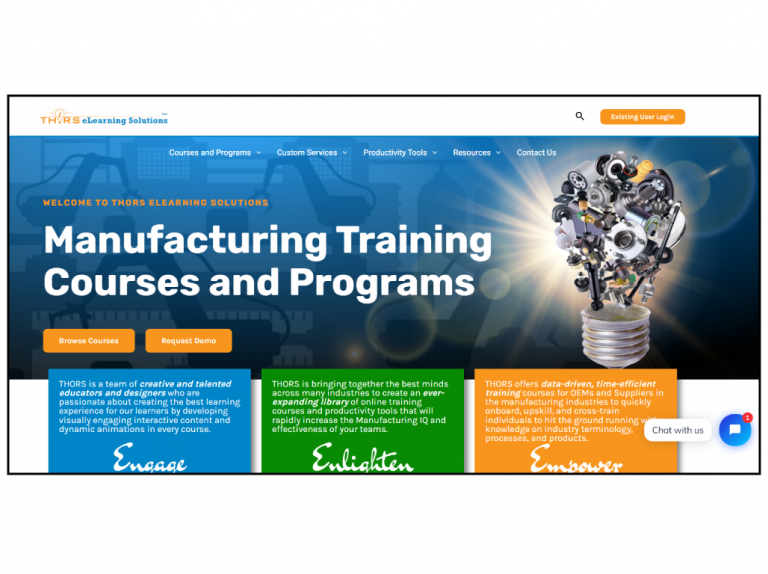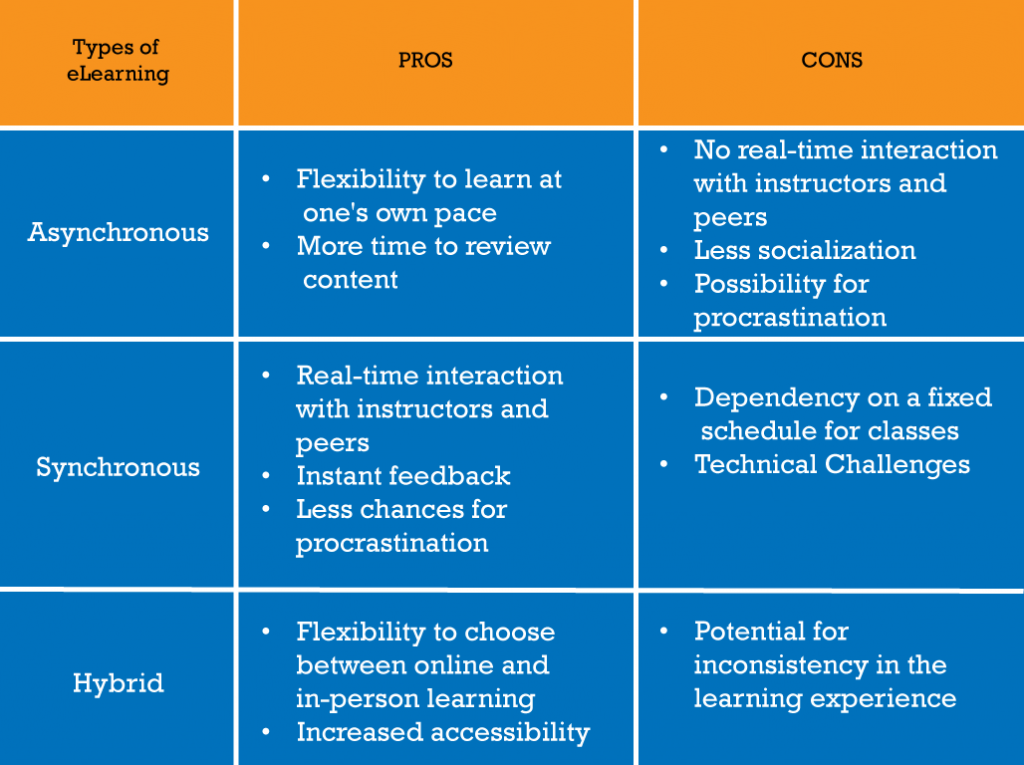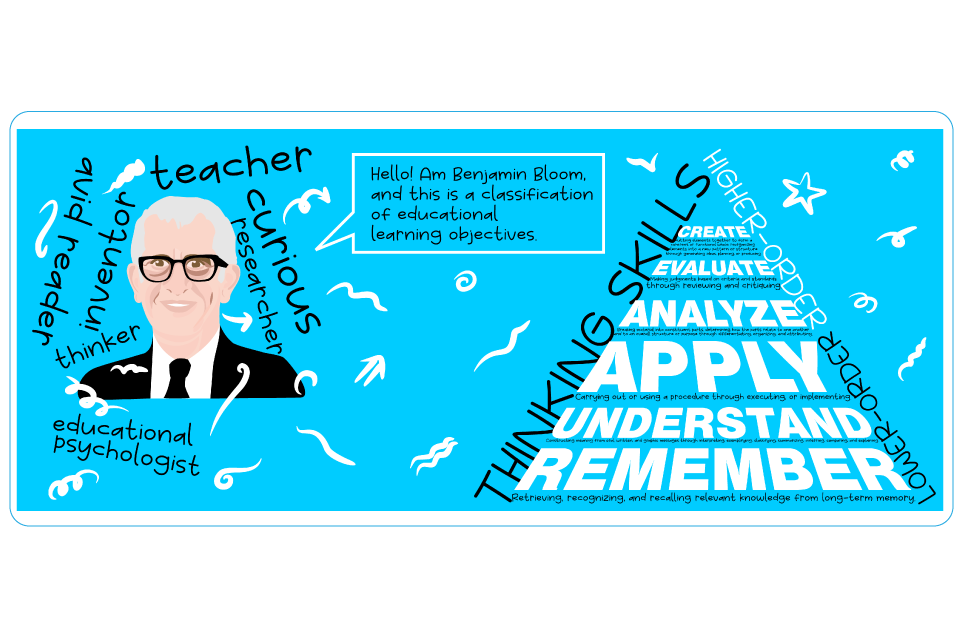Gone are the days when students were confined to physical classrooms and rigid schedules. The cultural landscape and the COVID-19 pandemic have fundamentally altered the way we approach learning. The widespread use of the internet has opened doors to a more flexible and dynamic alternative: eLearning. From interactive modules to virtual classrooms, eLearning taps into boundless knowledge, empowering learners to engage with content in ways never imagined. Let’s dive into the three major types of eLearning formats.
Asynchronous eLearning
Asynchronous eLearning encompasses learning activities that don’t require participants to be online or engaged in live communication. Instead, learners can access course materials, lectures, and assignments at their convenience and pace. This format offers scheduling flexibility and caters to learners with diverse schedules or time zones. Communication and interaction with the instructor and among participants can take place through discussion forums, email, or other asynchronous communication tools.
For example, an online certification program like THORS, which offers interactive content with visually stunning graphics and self-paced assessments, embodies an asynchronous eLearning approach. Learners can access and complete the program at their own pace, engaging with the course content and assessments according to their schedules.

Synchronous eLearning
Synchronous eLearning entails real-time interaction between instructors This format involves live online classes, webinars, or virtual meetings where learners can actively engage in discussions, pose questions, and receive immediate feedback from instructors. It mirrors the experience of traditional classroom learning but occurs in a virtual setting, allowing for remote participation and collaboration.
For example, a professional development workshop conducted via live webinars where participants join at a specified time to interact with the facilitator, ask questions, and engage in group discussions in real-time is a synchronous eLearning approach. These sessions provide immediate feedback and foster active participation among attendees.

Hybrid eLearning
Hybrid eLearning combines the collaborative aspects of face-to-face learning with the independence of online learning. In this approach, some students attend classes in- person while others join remotely via digital platforms. This flexibility allows students to choose their preferred mode of learning. Lessons are tailored to accommodate both online and in-person learners’ needs.
For example, a university course that provides in-person lectures with an option to listen to the same lecture in real-time through video conferencing platforms is a hybrid eLearning approach.


Conclusion to Types of eLearning Formats
The landscape of learning is evolving rapidly, reflecting the need for continuous learning in our ever-changing world. Whether it’s the collaborative environment of hybrid eLearning, the flexibility of asynchronous eLearning, or the real-time interaction of synchronous eLearning, each approach brings unique benefits and challenges. By understanding the characteristics of each type of eLearning, educators and learners alike can make informed decisions to create engaging and effective learning experiences in the digital age.



